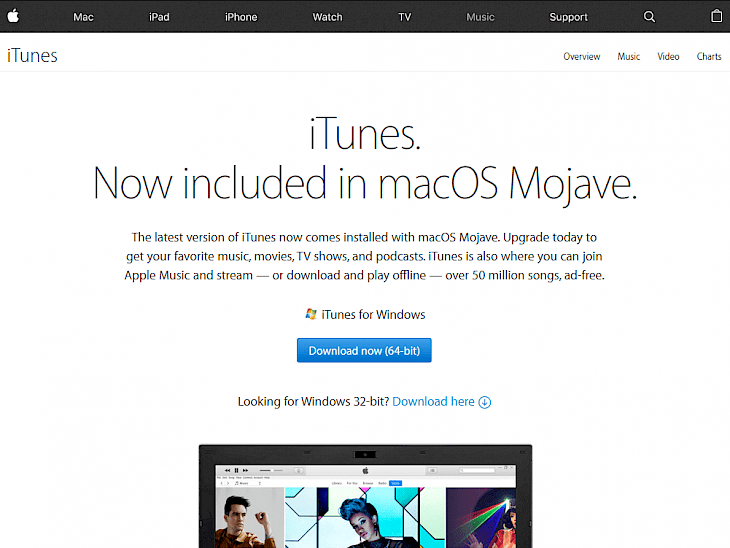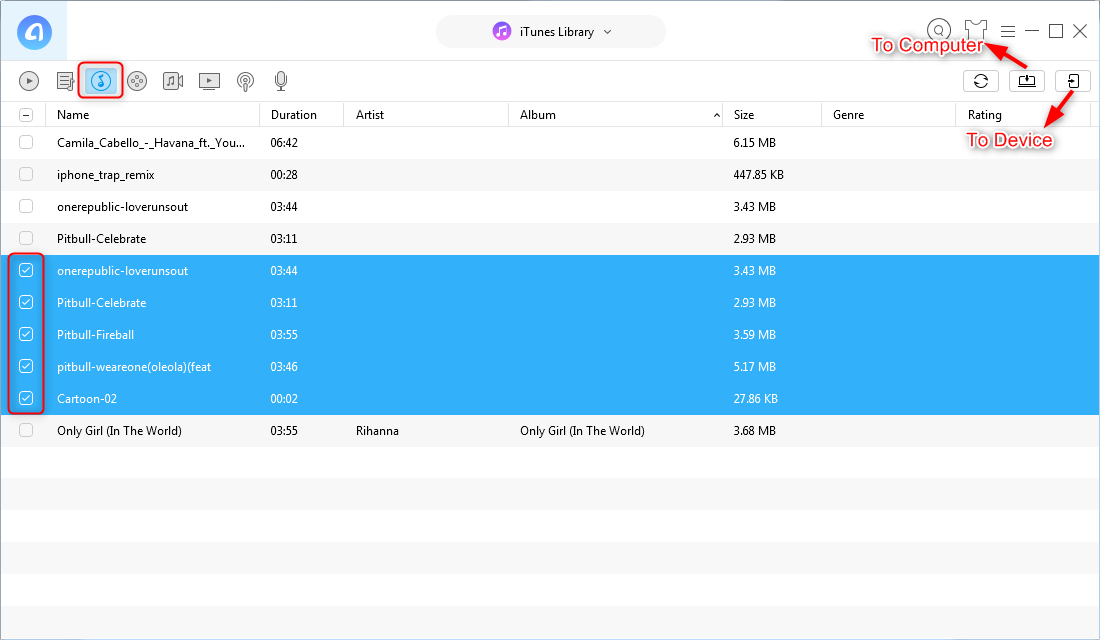
- ITUNES LIBRARY MANAGER WINDOWS FREE MOVIE
- ITUNES LIBRARY MANAGER WINDOWS FREE TV
- ITUNES LIBRARY MANAGER WINDOWS FREE MAC
Bear in mind that videos you’ve purchased from iTunes cannot be redownloaded for free, so you’ll want to either back them up to another disc-say, a blank DVD or second hard drive-or write them off with the understanding that you won’t be able to grab them again after deleting them. You may also find that video podcasts are eating up a lot of space on your drive, and you might even find duplicate copies of video files, which you could delete to save more room.
ITUNES LIBRARY MANAGER WINDOWS FREE TV
Individual TV show episodes combined together to consume more space than movies.
ITUNES LIBRARY MANAGER WINDOWS FREE MOVIE
A single movie purchased from the iTunes Store, Quantum of Solace, consumed 5 Gigabytes of space between the 3.54GB HD version and the 1.49GB SD version. We were amazed to find that our 1-Terabyte hard drive contained 479GB of video files-over half the formatted (931GB) space on the disk. Though the individual files might or mightn’t seem big, don’t be surprised if videos collectively represent the greatest space filler on your disk. We created this Video filter by using “name contains” m4v, mp4, and avi-three formats that are the most common for iTunes-but you can add additional suffixes if you have downloaded or created non-iTunes files (say, mov or divx) in different formats. You’ll need to create a filter in order to see your iTunes-ready videos using GrandPerspective. Here’s what you’ll find in each one, with some additional category-specific notes. You’ll need to select the rule’s name (again, for this example, Apps), hit theįollowing this procedure, either creating a new filter or using one built into GrandPerspective, will let you look at each category of iTunes-related files on your hard drive. This will bring you back to the Apply Filter window. Type the new rule’s name (Apps), check the “name” box, change “is” to “contains,” and hit “Add.” Add “ipa” so that GrandPerspective will search your hard drive for iOS apps, which end with the “ipa” suffix, and check the “ignore case” box just for safety. You can create new and important additional filters such as Apps and Videos by hitting the New button from the Apply Filter window. GrandPerspective includes some filters, including Audio and Images, that are at least somewhat useful right away. (You can also just use GrandPerspective to search only your iTunes folder, but this will miss everything outside the folder, so we don’t recommend this otherwise convenient shortcut.) Instead, we recommend that you use Filters, found at the top of the screen under Window > Filter, to drill down into individual media categories and figure out where you can make changes. You could just try to delete the big files individually, using the “Reveal” button at the top of the window and dragging them to the trash can, but that’s generally not a great idea since the big files are normally either important or consist of smaller files you can’t see. As you move the cursor over the boxes, you may start to get a sense that your videos are eating a lot of space, or that there are some really huge boxes representing photo libraries or other files.

This master view presents a crazy number of boxes in order to represent everything on your drive-useful for understanding the big picture, as you can see roughly how large given folders are: the little boxes are individual files, clumped into blocks representing folders. The larger the box, the more space the file is consuming on your disk.

Running your cursor over each box will display the current file’s name, folder, and size at the bottom of the window. After several minutes of scanning, a window will pop up with a huge grid of boxes. Selecting Macintosh HD will suffice on most Macs, but if you have a separate hard drive with your iTunes library, or a different name for your hard disk, pick that disk’s name instead and hit the Scan button. When you launch GrandPerspective, you’re initially brought to a Scan Folder window that lets you choose which hard drive or folder you’d like to visualize. Loading GrandPerspective and Using Filters Windows users can try WinDirStat or other utilities to perform similar visualizations on their hard disks. Since using Onyx is as simple as downloading the application, selecting Automation, and hitting the Execute button, we’ll focus here on using GrandPerspective to locate and handle different types of iTunes-related media files.
ITUNES LIBRARY MANAGER WINDOWS FREE MAC
Both of these Mac programs are free, and worth grabbing.


 0 kommentar(er)
0 kommentar(er)
